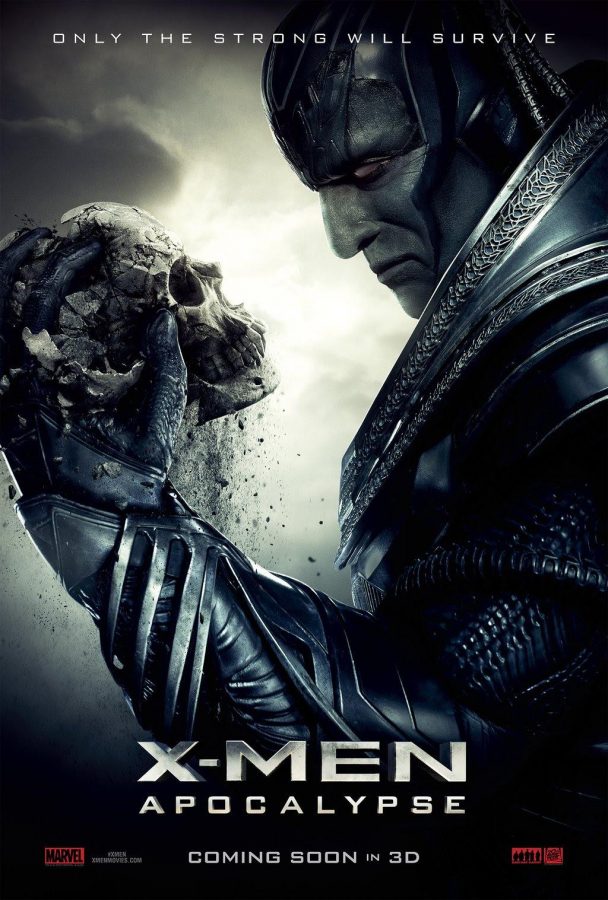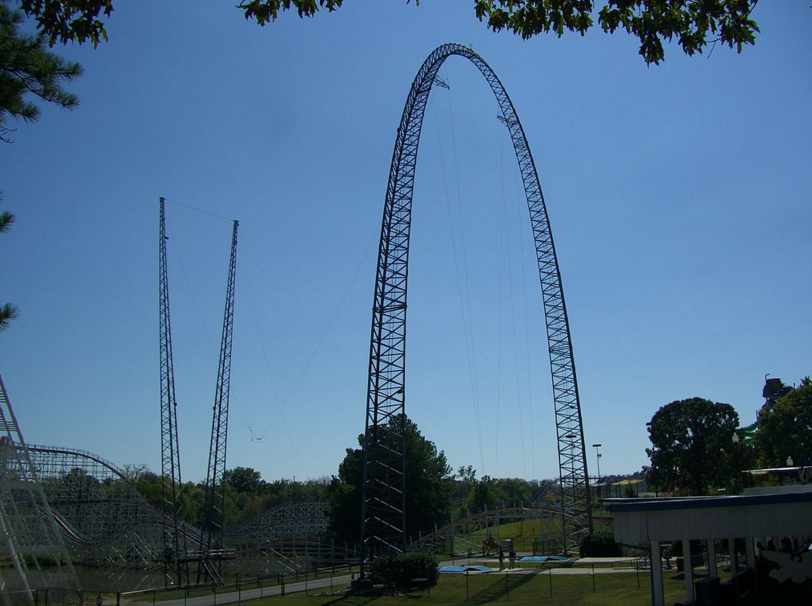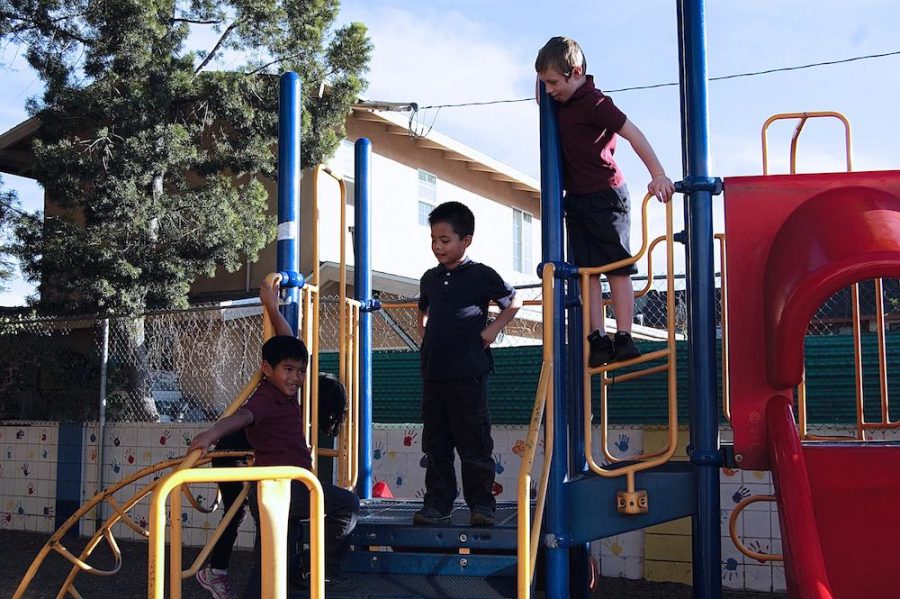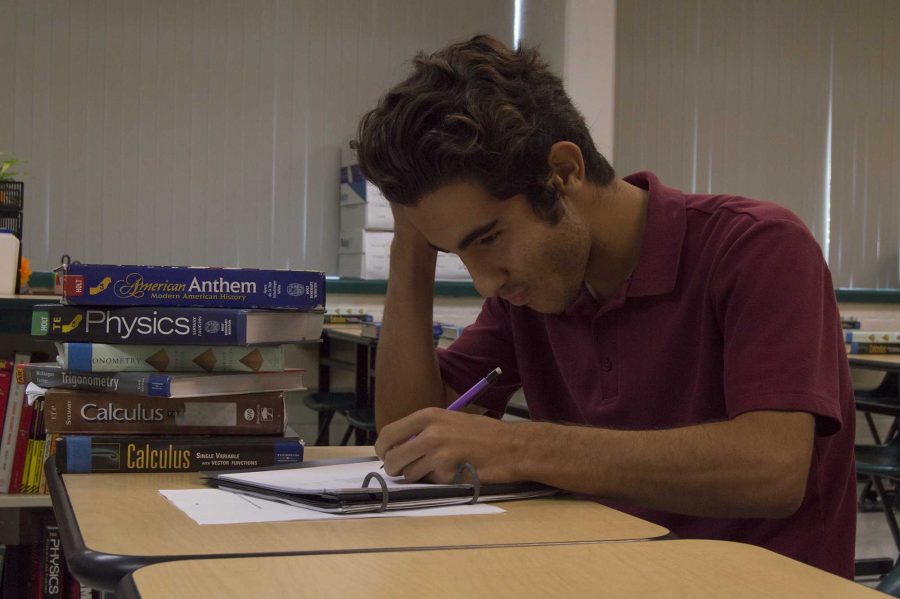(May 23, 2002) The ninth grade Engineering Club members recently completed their first project: electric autos. First place winners are Kevin Venturina and Harish Venkitaramanan. Second place winners are Artur Mkhitaryan and Tigran Ghazaryan. Third place winners are Irene Nguyen and Peter Lee. Their next project is working with electrical circuit breadboards. The purpose of this endeavor is to learn about the relationship between resistors, wires and their relationships with light emitting diodes (LED). According to club adviser Gerald Gruss, students will learn how to spell out a four letter word such as “sock.” The competitors will rearrange the resistors and wires to light up the LEDs. The student who rewires the fastest and has all the LEDs lit wins. Imagine coming home with a brand new, state-of-the-art computer. You open the box and pull out the individual parts, setting them in their appropriate places. Tower, monitor, keyboard, mouse, speakers… OK, everything is here. Then you notice something strange: They forgot to pack the cables to connect everything! Or did they? A lack of cables usually means one thing: “Blue Tooth technology.” What is Blue Tooth? Nothing more than a fancy name for a short-range, high-speed frequency that allows you to connect your computer to all your peripherals without a single wire. Granted, you’ll need to hook your computer and monitor up to a wall outlet for sufficient power, but other than that you’re tangle-free and have independence of movement. This doesn’t mean you can be down the street or on the toilet typing your report for English, as the range for Blue Tooth frequency is only 30 feet. But just getting rid of all those annoying cables is well worth it: A single Blue Tooth adapter, which connects to a USB or FireWire port, is only $49.99. Harout Topchian and Serge Kasparian competed in the International Bridge Building competition in Bellingham, Washington, May 4. Sponsors from Presidio, an electronics company, paid for some of the cost of airfare and accommodations for Topchian and Kasparian. Competitors came from all over the world. Topchian and Kasparian improved on their personal bridge records for weight and efficiency, but could not compete with bridges that held up to 300 pounds of weight. Some competitors showed off their bridges by actually standing on them to demonstrate the amount of weight their bridges could hold. Topchian placed 62nd and Kasparian placed 64th in the competition. Both students received plaques for participation in the competition. A new class called Environmental and Spacial Technology (EAST) will be added to next year’s choice of classes. Susan Newcomer, author of the grant proposal that secured the class, said that the school received $230,000 to run the program. This includes “travel and training, computer hardware and software.” The school plans to purchase global positioning software, Computer Aided Design (CAD) and geographical software. Because this class is specialized, there are only 14 spots for next year’s students. EAST will focus on environmental issues such as the Los Angeles River and marine biology. The plan is that the school will partner with Occidental College to do research, according to EAST teacher Dominique Evans-Bye. Students will also get a chance to be involved with local community organizations since the class will “research a problem, gather data and analyze and report their findings to a public group such as the city council,” Newcomer commented. Evans-Bye said that the class will also look at “how what we do affects the environment and how the environment affects us back.”
Categories:
Tech briefs
December 9, 2009
More to Discover








